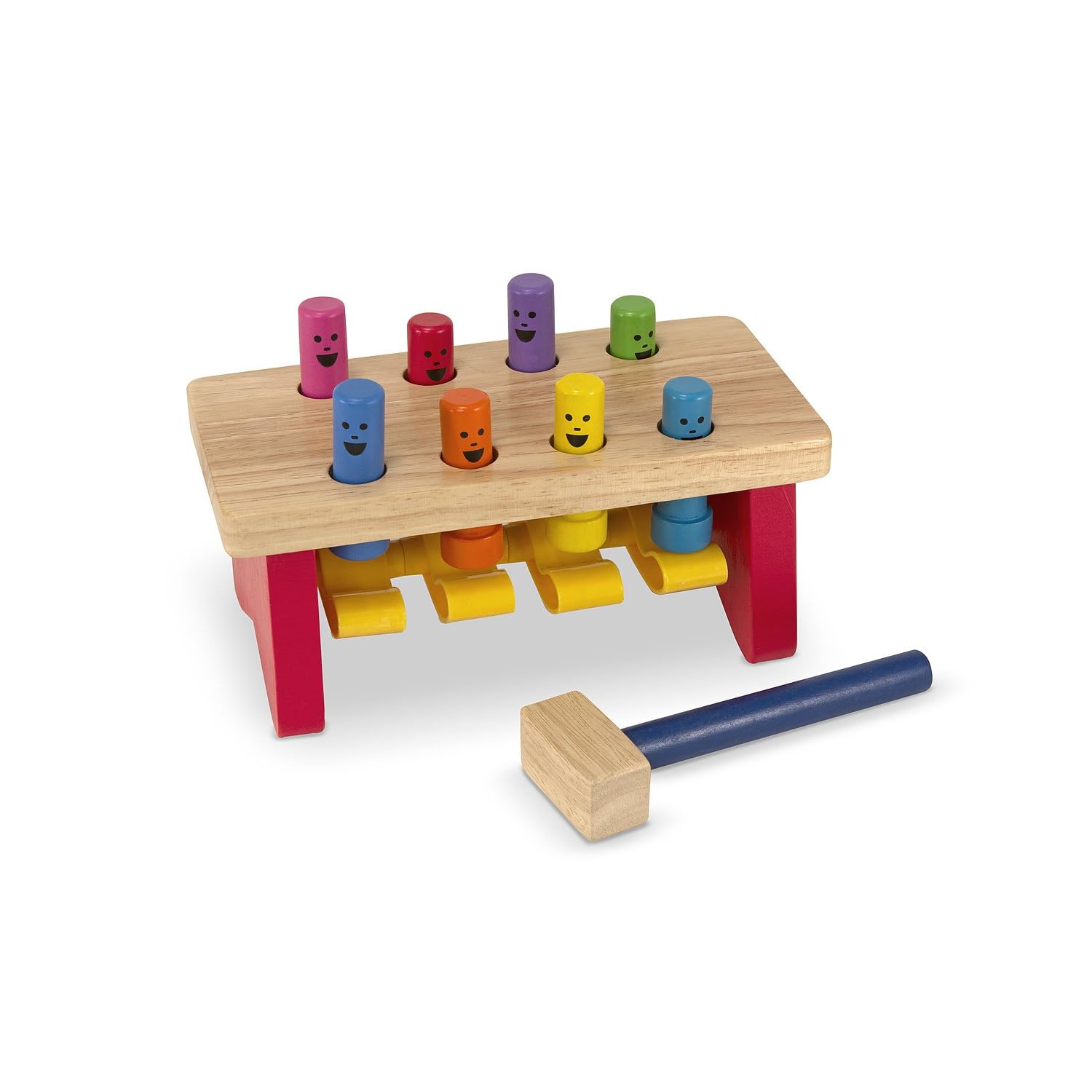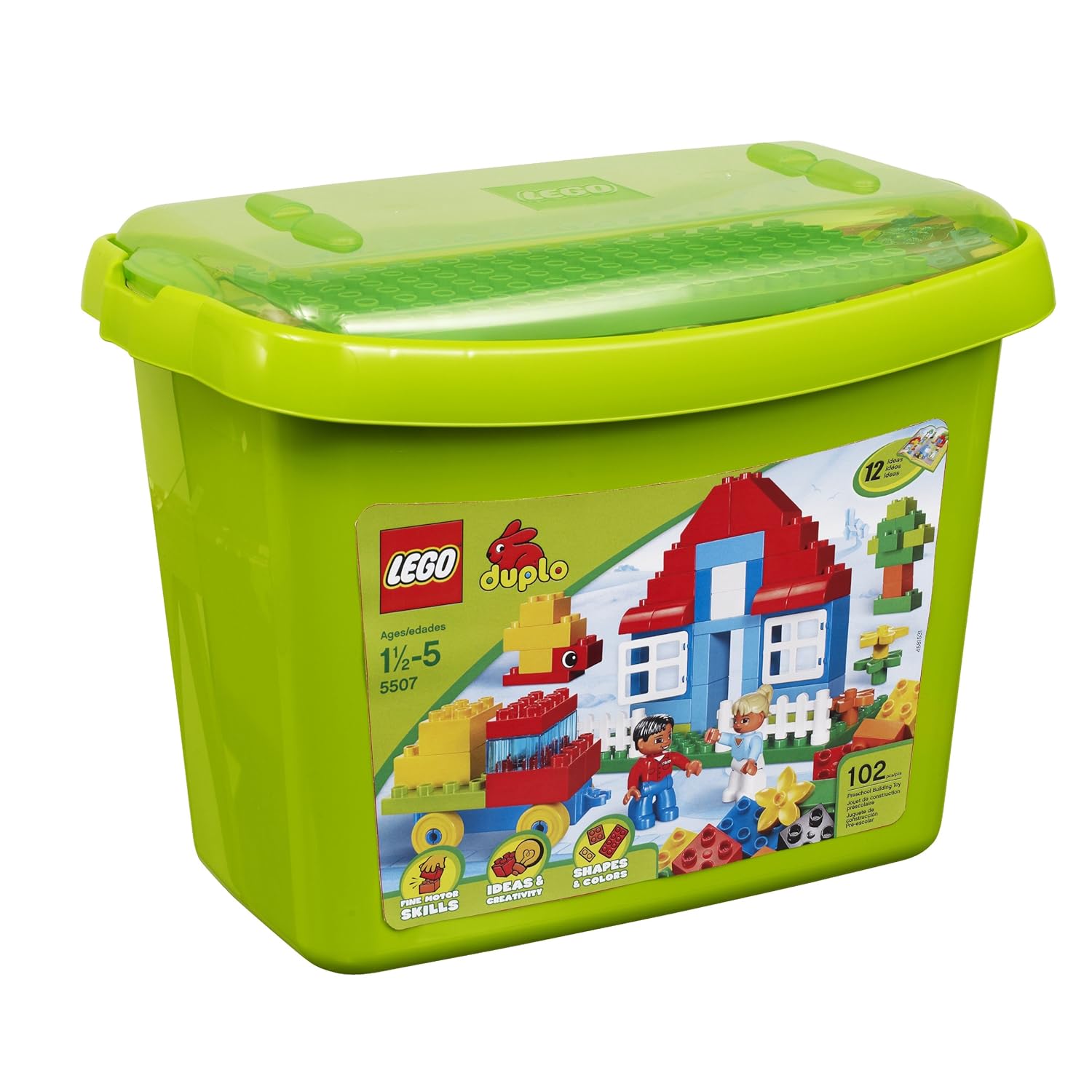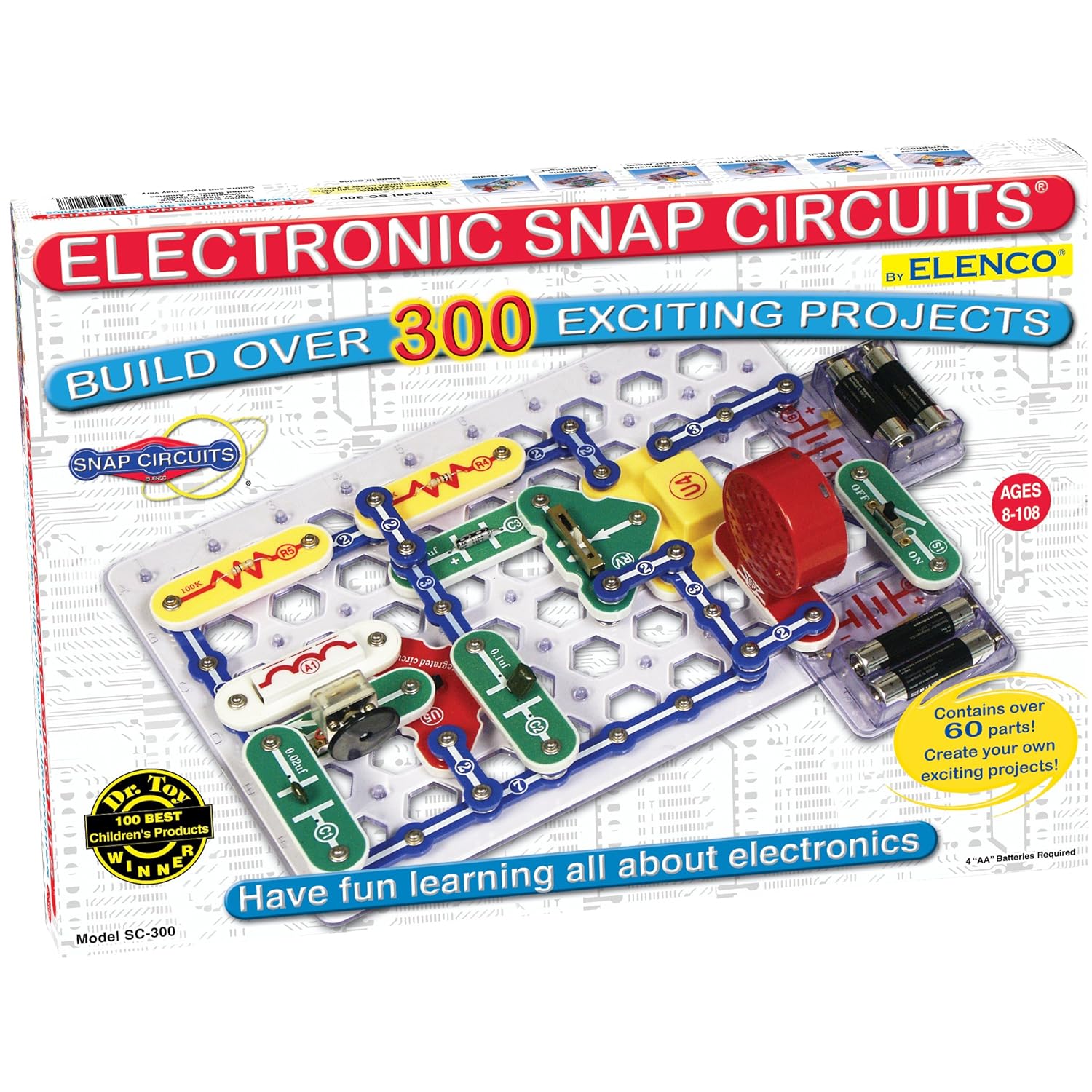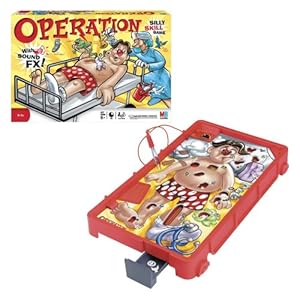Babies:
Babies explore their environment through reaching, grasping, and sensory exploration. Here are a few toy suggestion to help facilitate that development.
- Rattles are also great for developing reaching and grasping skills, as well as visual tracking.
- For the older babies in your life, a toy piggy bank is great for further developing hand eye coordination.
Toddlers:
Toddlers are learning to use both of their hands together and to coordinate both sides of their bodies to do more complex activities.- Lacing beads is a great way to develop bilateral coordination skills (using both hands together). These beads from Melissa and Doug are great (and you really can't go wrong with any Melissa and Doug toy).
- There are many great recipes available for play dough (like this DIY Jello Play Dough), but the original is great too! Play Doh and Play Doh accessories, like this set from Melissa and Doug, are great for developing hand muscles and early tool use.

- A classic pounding bench works on developing hand eye coordination.

- Toddlers are beginning to color, but that coloring sometimes extends to every surface of the house! If you'd like to avoid that, Mess Free Markers are a good option. The only downside is, you will also need the appropriate paper to go with these markers.
Preschoolers:
Preschoolers like to build, use their imagination, and love to let their artistic abilities shine. Why not further develop fine motor skills while building, playing imaginative games and creating pieces of art?
- I love the Sneaky Snacky Squirrel Game! This is a great first board game. I love that it works on counting and color skills, AND has a fun squirrel tong that develops fine motor skills, too!
- A Potato Head (whether it's a Mr. or a Mrs.) is a great way to work on body parts and fine motor skills at the same time. With all of the different Potato Heads out there, you are sure to find one to please your child.
- Little markers are great for little hands to promote an appropriate grasp. Crayola Pip Squeaks fit the bill perfectly.
- Using a vertical surface when coloring, like an easel, places the wrist in extension and strengthens little hands to get them ready for writing.

- DUPLO bricks develop hand muscles and fine motor skills, while encouraging creativity.
School-age Children:
School-age children are fine tuning their motor skills, as well as learning more complex fine motor movements. Building toys and games are a great way to promote these skills.- LEGO bricks develop hand muscles and fine motor skills and are the next step up from DUPLO bricks. With so many great LEGO sets to choose from, I'm sure you can find a set that matches your child's interests.

- For the budding engineer in your life, Snap Circuits and Snap Circuits, Jr develop fine motor and visual motor skills, while creating working electronic circuits and devices.
- I'm not recommending Silly Putty just because I love classic toys from my childhood. Silly Putty is a fun way to develop hand muscles. Hide small beads in the Silly Putty and have your child locate them for more of a challenge. Silly Putty also makes a great stocking stuffer!
Looking for even more ideas? Be sure to check out my Amazon Store!
*This post contains affiliate links.











Hi Abby! I absolutely love your blog! I am an OT who has been working with adults in the acute care/home health setting but am about to transition to working part-time in the outpatient pediatric area of the hospital. I have been soaking up any resources/books I can get my hands on, and your blog has been very helpful. Thanks for sharing.
ReplyDelete